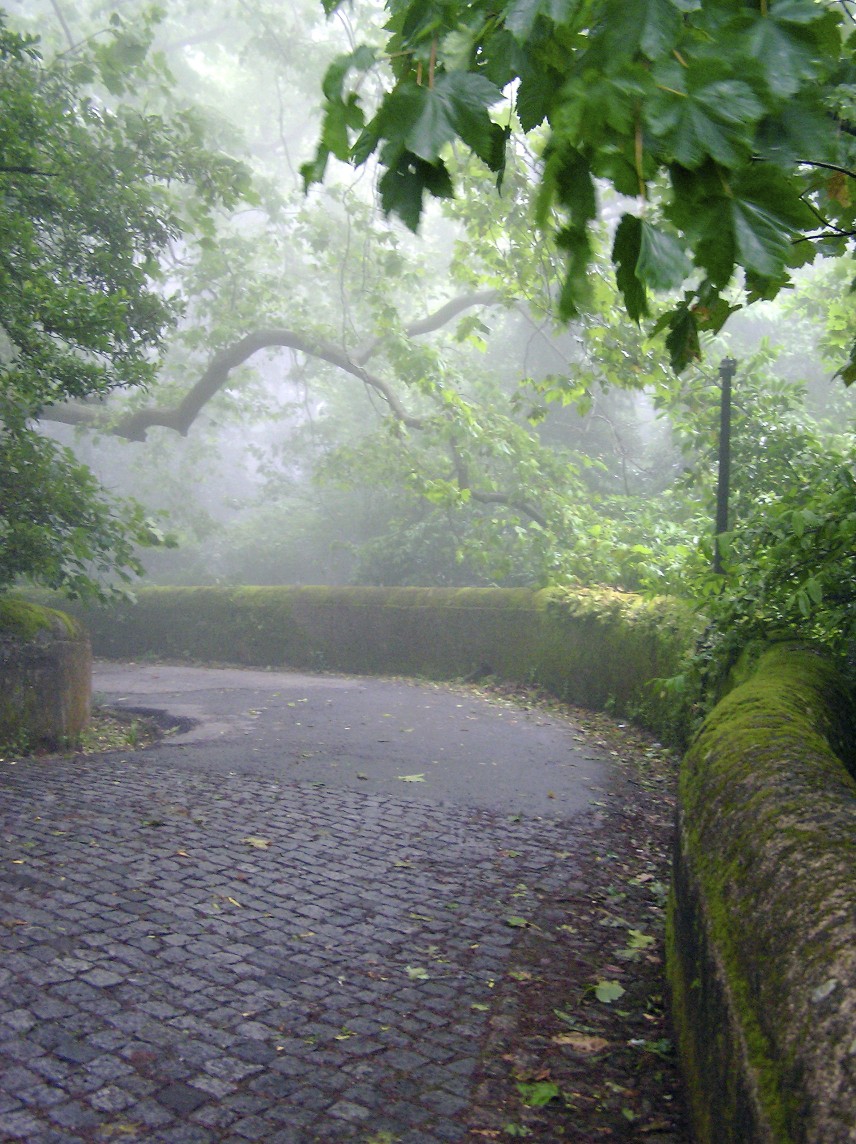
East versus West: Rationality vs. Passivity
In my Estonian interviews, I heard a strong concern voiced about and critique sounded regarding the authoritarian tradition in their country. These expressions came from those who were hoping that Estonia would use the Soviet collapse as an opportunity to move toward more democratic ideals and less hierarchy in their political and social systems. This idealistic dream of a truly equitable and nonhierarchical system is rooted, perhaps, in the collective residual memory of a social system that existed in some pre-Christian European communities: Old Europe). These remarkable partnership-dominated (and pre-patriarchal) communities were described several decades ago by Eisler (1987) in Chalice and the Blade. The ghost of Old Europe might have lingered in the social unconscious of many Estonians during the early 1990s. At the very least, the desire for greater equality and participation by all citizens was viewed by some Estonians as a movement from an Eastern to a more Western mode of thinking.
Rightly or wrongly, the East (and Russification in particular) was often portrayed by Estonians as irrational, primitive, unconscious, and authoritarian. By contrast, the West (Western Europe and North America) was perceived as more rational, civilized, conscious, and nonauthoritarian. There was a long, esteemed history regarding the major universities that flourished in Estonia—notable the University of Tartu. In existence since 1632, this university has served as home for many major researchers and is still rated among the finest universities in the world.
There was the thoughtful and knowledgeable appreciation of the arts that is found everywhere in this country. Rarely, do we find the arts flourishing as much in other countries. Along with this unique artistic heritage was profound hatred among many Estonians for the flamboyant architecture of the Eastern Orthodox churches that came to Estonia from Russia. As I walked through the towns of Estonia with my Estonian guides, they would point to these ornate (and often very large) structures with disgust and detailed critique. The simple, clean lines of native Estonian buildings were preferred. There were the very practical buildings of the Hanseatic league (of which the Estonian city of Tallinn was a member). I was able to appreciate the carefully laid out plan for Tallinn with each social unit of the city being provided with its own location and church.
Here is where I found the irony of Estonian freedom. The yearning for a more Western perspective was matched by a subtle form of authoritarianism that was manifest in the daily actions taken by the Estonians. While there was a dream of equity and reform in Estonia when I was working there, a propensity for authoritarianism was evident in the passivity of many Estonian men and women I interviewed or observed in action (or inaction).








